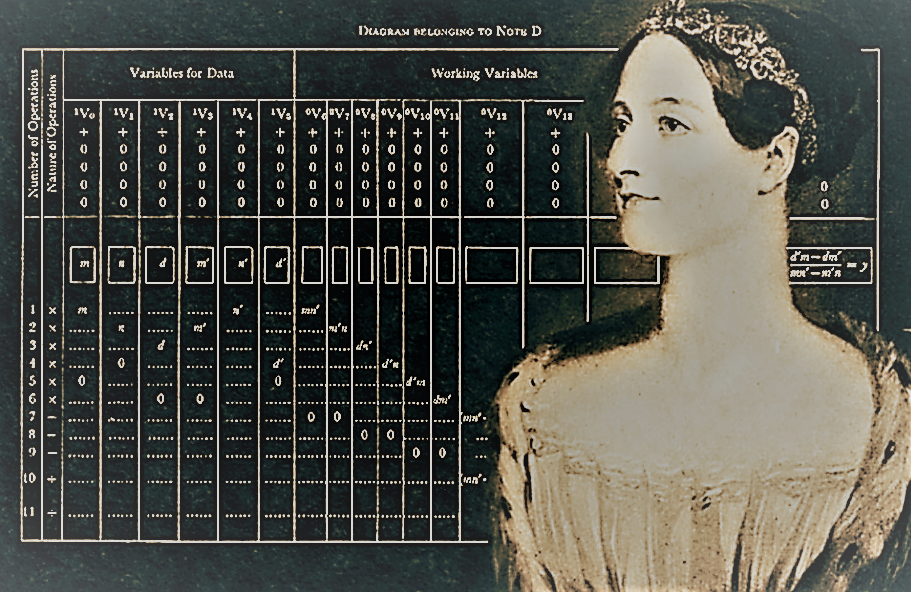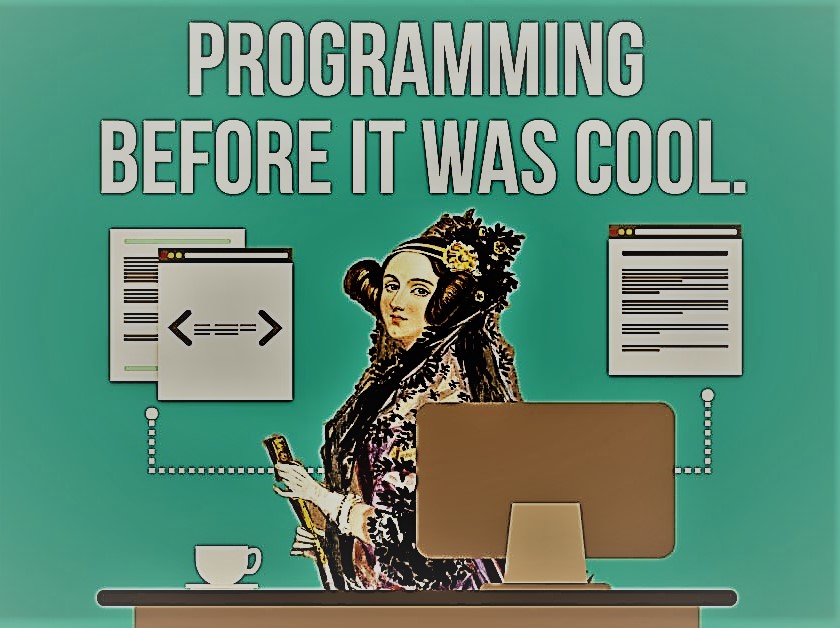Ada Lovelace, born as Augusta Ada Byron, was the only legitimate child of the famous poet Lord George Gordon Byron. Lord Byron's marriage to Ada's mother, Lady Anne Isabella Milbanke Byron, was not a happy one. Lady Byron separated from her husband only weeks after their daughter was born. A few months later, Lord Byron left England, and Ada never saw her father again. He died in Greece when Ada was 8 years old.
Ada had an unusual upbringing for an aristocratic girl in the mid-1800s. At her mother's insistence, tutors taught her mathematics and science. Such challenging subjects were not standard fare for women at the time, but her mother believed that engaging in rigorous studies would prevent Lovelace from developing her father's moody and unpredictable temperament.
Around the age of 17, Ada met Charles Babbage, a mathematician and inventor. The pair became friends, and the much older Babbage served as a mentor to Ada. Through Babbage, Ada began studying advanced mathematics with University of London professor Augustus de Morgan.
Ada was fascinated by Babbage's ideas. Known as the father of the computer, he invented the difference engine, which was meant to perform mathematical calculations. Ada got a chance to look at the machine before it was finished and was captivated by it.
Ada described how codes could be created for the device to handle letters and symbols along with numbers. She also theorized a method for the engine to repeat a series of instructions, a process known as looping that computer programs use today. Ada also offered up other forward-thinking concepts in the article. For her work, Ada is often considered to be the first computer programmer.

